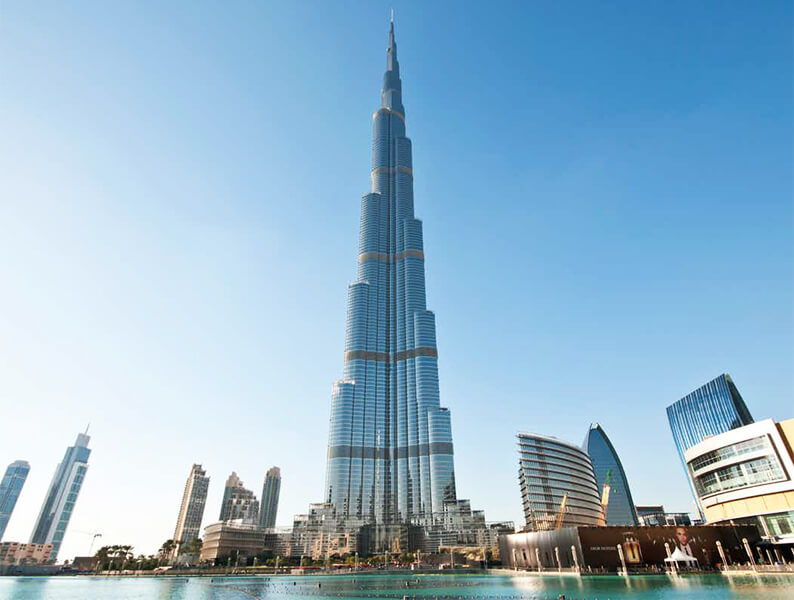How Unique Buildings Are Conquering Climate Control
As the world develops and grows, so does the need for proper climate control for commercial HVAC systems. New, original architectures pop up seemingly overnight, and with them comes another huge challenge. So, how are people supposed to manage climate control in uniquely-shaped and wholly different buildings, the likes of which they’ve never seen before? Continue on to learn more.
Unique Buildings with Unique Climate Control Solutions
Quite a few buildings have become famous for their inimitable structures and practices. In fact, many have heard of the unusual, yet fascinatingly unique constructions that are revolutionizing the way building climate control works on the commercial front. The following are just a couple of buildings that are challenging the way society thinks about climate control systems.
Amazon Headquarters
While it may not be a completely unique structure, Amazon’s Seattle headquarters has taken it upon themselves to recycle their building’s energy. The building pulls its neighbor’s, the Westin Building Exchange, waste heat out of the air and into their own facility. In turn, this serves as their own form of commercial heating.
This practice allows not only for warmer offices, but it also serves as a more climate-friendly option for the environment. Coupled with the numerous wind farms Amazon has erected, it’s clear that they are leading the way with climate control. Likewise, they are at the forefront of innovative solutions for commercial HVAC problems in traditional office settings.
Burj Khalifa

The tallest building in the world, the Burj Khalifa in Dubai, uses recycled water from plants to cool the building. Image Source: Tiqets
As the tallest building in the world, the Burj Khalifa in Dubai recycles water from three plants and chills it, which cools down the building. Interestingly, the water is collected and chilled in the off-season. Then, once it has served its purpose, it’s recycled to be used again.
Using a cooling method like the Burj Khalifa also detracts from what goes out into the air. By recycling water, there is less waste and detriment to the environment. All in all, if the tallest building in the world did not use this method of cooling, far more water and power would go to waste to keep it at a comfortable climate.
The Importance of Preventative Maintenance
Commercial HVAC systems must have routine maintenance checkups, even if there’s nothing amiss about the functioning of the system. Keeping your HVAC system up to date means eliminating and lessening certain risks, like carbon monoxide or molds and bacteria.
Additionally, office workers rely on climate control to feel comfortable at work. And, the right temperature aids in preventing distractions from their tasks and assignments. Plenty of companies value the safety and comfort of their employees above all else, which is why they ensure that their equipment goes through routine checkups. For example, it’s part of one of Amazon’s key commitments to safeguard their equipment. A preventative maintenance plan is a step toward innovation and more creative ways to improve climate control experiences.
Overall, having an action plan for preventative maintenance is a far more desirable outcome than overspending on maintenance. Especially after something breaks or malfunctions within the system. And, in addition to making employees feel safer, preventative maintenance ensures that nobody is at risk if equipment suddenly fails.
Call on The Severn Group
The Severn Group is a leading expert in commercial HVAC in the Maryland and Washington D.C. area. We strive to provide commercial HVAC systems with the kind of preventative maintenance only professionals can offer. Give us a call at 443-837-0828 and start building your preventative maintenance plan today.
